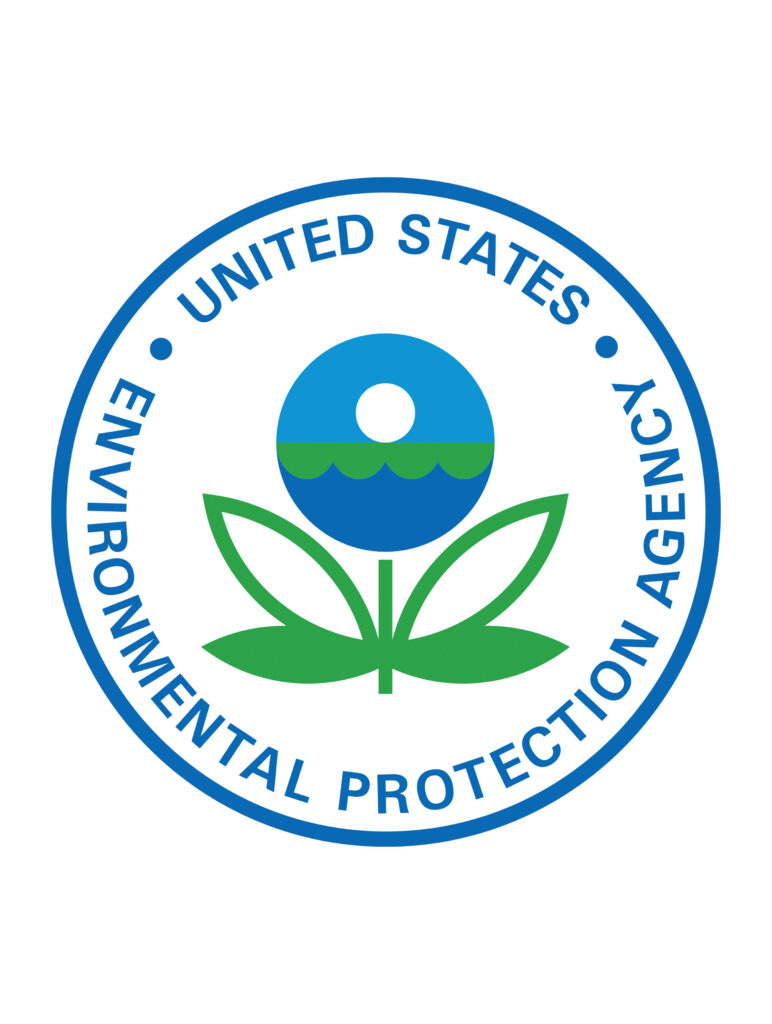Pennsylvania’s Department of Environmental Protection (DEP) is taking comments through April 27 about a proposed rule to regulate per- and polyfluoroalkyl substances (PFAS), sometimes called “forever chemicals,” in drinking water. The chemicals have been linked to a variety of human health problems, including reduced fertility, developmental problems in children, and some cancers.
PFAS are a family of more than 6,000 chemicals widely used in manufacturing. They take a long time to break down. This persistence can be useful in the nonstick surface on a cooking pan (Teflon is the brand name of a compound in the PFAS family) or as a stain barrier on carpets, but it poses a challenge in the environment, where PFAS can persist for years.
PFAS are difficult to avoid, since they are found pretty much everywhere, including in drinking water, soil, artificial turf playing fields, food packaging, and clothing. Their presence in firefighting foams has complicated the development of military sites such as Bucks County’s Willow Grove, where PFAS have built up in the soil and contaminated local drinking water. They have even popped up in wild deer meat, leading to advisories to avoid eating venison harvested in areas where deer browse on land contaminated by sewage sludge used as fertilizer.
The EPA is in the process of studying PFAS and developing regulations. In the meantime, the agency has issued a Health Advisory Level of 70 parts per trillion in drinking water for two of the most commonly found PFAS, perfluorooctane sulfonic acid (PFOS) and perfluorooctanoic acid (PFOA). That might not sound like much, but the chemicals accumulate in living tissue, so even low-level exposure can lead to high concentrations in a person’s body over the long term.
The DEP has proposed lower limits (14 parts per trillion for PFOA, and 18 for PFOS) in drinking water for the two compounds covered by the EPA’s advisory and is in the process of taking public comments on the proposal.
Local environmental organizations such as the Delaware Riverkeeper Network have called on the DEP to (1) require that drinking water systems achieve even lower limits for those two compounds and (2) set limits for more chemicals in the PFAS family.
You can find more information on how to offer your own comments here, or use an action letter like the one prepared by the Clean Air Council.









Thanks Bernard.